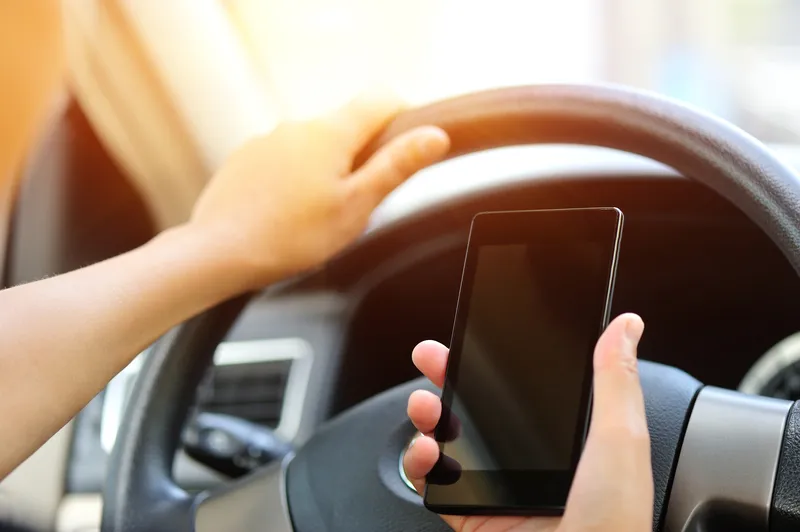Analysis released during National Distracted Driving Awareness Month by
ATS sampled data from 67 intersections with red-light safety cameras across the United States over a three-month period.
Distractions were coded into several categories, including cell phone use, looking away, eyes closed, smoking, eating/drinking, reading and applying make-up. ATS data showed distracted red-light running increased by 58 per cent from 2012 to 2015.
"Today, we live in a fast-paced world filled with all sorts of distractions. For drivers, distractions come in many forms ranging from cell phones to eating and drinking, to simply taking your eyes off the road to chat with a passenger," said ATS spokesperson Charles Territo. "Red-light running is an incredibly risky behaviour on its own, but when you add a distraction, the result can be deadly."
In 2014 alone, 3,129 were killed and 431,000 were injured in distracted driving crashes according to the National Highway Traffic Safety Administration. Red-light running is still the leading cause of urban crashes, according to the Insurance Institute for Highway Safety.
ATS study claims distracted red-light running is on the rise
Analysis released during National Distracted Driving Awareness Month by American Traffic Solutions (ATS), Distracted on Red, showcases the dangers of distracted driving behaviour and impact on red-light running. ATS sampled data from 67 intersections with red-light safety cameras across the United States over a three-month period. Distractions were coded into several categories, including cell phone use, looking away, eyes closed, smoking, eating/drinking, reading and applying make-up. ATS data showed distr
April 22, 2016
Read time: 2 mins









